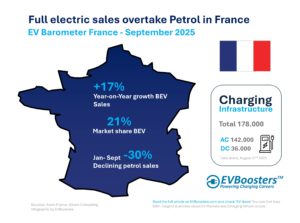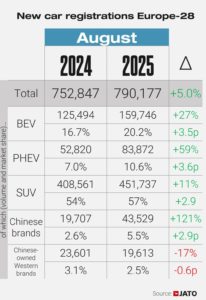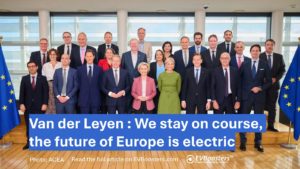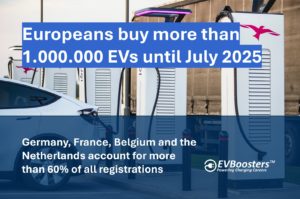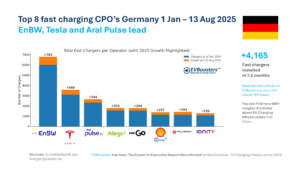V2X technology, a cutting-edge innovation, allows EVs not only to draw energy for charging but also to supply electricity back to the grid. This dual functionality transforms EVs into dynamic components of the energy system, capable of storing and providing energy, thereby enhancing grid stability and integrating renewable sources more effectively.
The report highlights the current landscape of EV adoption in Europe. With over 35GW of storage capacity already available in EV batteries, and a projected increase in installed storage capacity to 200 GW by 2030, EVs are fast becoming a cornerstone of Europe’s energy strategy. The potential of V2X technologies in this scenario is immense, allowing for smarter energy management and greater flexibility in the grid.
Regulatory frameworks play a pivotal role in the adoption and successful implementation of V2X technologies. The report underscores the progress made by the European Union in setting legislative objectives and governance frameworks that encourage the shift towards cleaner energy and transportation systems. Initiatives such as the “Fit for 55” package, which includes revisions to key directives like the Alternative Fuels Infrastructure Regulation (AFIR) and the Energy Performance of Buildings Directive (EPBD), are steps in the right direction. These policies not only promote the sale of EVs but also mandate the development and expansion of the charging infrastructure, including bidirectional capabilities.
However, challenges remain. The report calls for the full transposition and implementation of enabling legislation by Member States to realise the full potential of V2X. This includes updating network codes to accommodate new technologies like bidirectional charging and ensuring non-discriminatory access to electricity markets for all market participants.
Furthermore, the report analyses the technological landscape, comparing traditional unidirectional charging with the more advanced bidirectional charging. The latter offers greater flexibility and optimisation opportunities, such as using EVs to power homes or buildings (V2H, V2B) and even providing energy to the grid (V2G). This not only aids in balancing supply and demand but also offers financial benefits to EV owners through cost savings and potential revenue streams.
In conclusion, the report by SmartEN & DNV is a clarion call for Europe to embrace bidirectional EV charging as a pivotal technology in the energy transition. With the right regulatory and technological frameworks in place, V2X can play a significant role in achieving Europe’s decarbonisation objectives, ushering in an era of sustainable and smart energy solutions.
Source: Assessment of the Regulatory Framework of Bidirectional EV Charging in Europe | SmartEN & DNV


